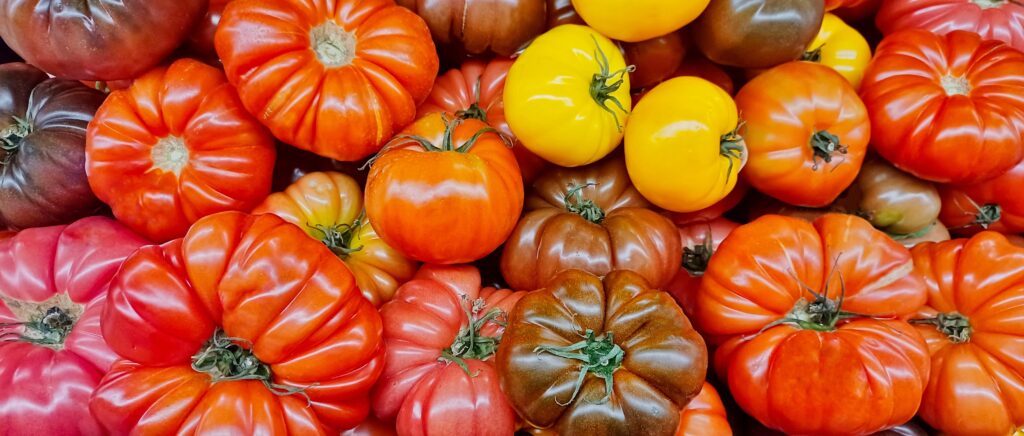13 best tips for planting and growing great tomatoes in a nature-based garden:
- Start with Healthy Soil: Prioritize building healthy, nutrient-rich soil by incorporating compost, organic matter, and beneficial microorganisms to support plant growth.
- Choose the Right Varieties: Select tomato varieties that are well-suited to your local climate and growing conditions, ensuring they will thrive in your nature-based garden setting.
- Plant in a Sunny Spot: Tomatoes require plenty of sunlight to flourish, so plant them in a location that receives at least 6-8 hours of direct sunlight per day.
- Provide Adequate Support: Use stakes, cages, or trellises to support tomato plants and keep them upright as they grow, which helps prevent disease and improves air circulation around the plants.
- Practice Companion Planting: Integrate companion plants like basil, marigolds, or borage into your garden design to attract beneficial insects, repel pests, and enhance overall biodiversity.
- Water Wisely: Water tomato plants deeply and consistently, aiming to keep the soil evenly moist but not waterlogged. Consider using drip irrigation or soaker hoses to minimize water waste.
- Mulch: Apply a layer of organic mulch such as straw, shredded leaves, or grass clippings around tomato plants to conserve soil moisture, suppress weeds, and promote soil health.
- Feed Regularly: Fertilize tomato plants with organic, nutrient-rich amendments such as compost, compost tea, or organic fertilizer to ensure they have the essential nutrients needed for vigorous growth and fruit production.
- Prune Suckers: Remove suckers from indeterminate tomato varieties to encourage better airflow and focus plant energy on fruit production rather than excessive foliage growth.
- Monitor for Pests and Diseases: Keep a close eye on tomato plants for signs of pest infestations or disease outbreaks, and take proactive measures such as handpicking pests or using organic pest control methods as needed.
- Rotate Crops: Rotate tomato plants with other crops in your garden beds each year to minimize soil depletion, reduce pest and disease pressure, and maintain overall soil health.
- Harvest Properly: Harvest tomatoes when they are fully ripe to ensure the best flavor and texture and handle them carefully to avoid bruising or damaging the fruit and plants.
- Save Seeds: If you’re growing heirloom tomato varieties, consider saving seeds from your best-performing plants to preserve genetic diversity and adaptability in your nature-based garden ecosystem.
By following these nature-based gardening practices, you can cultivate healthy, thriving tomato plants while fostering biodiversity and ecological resilience in your garden.
